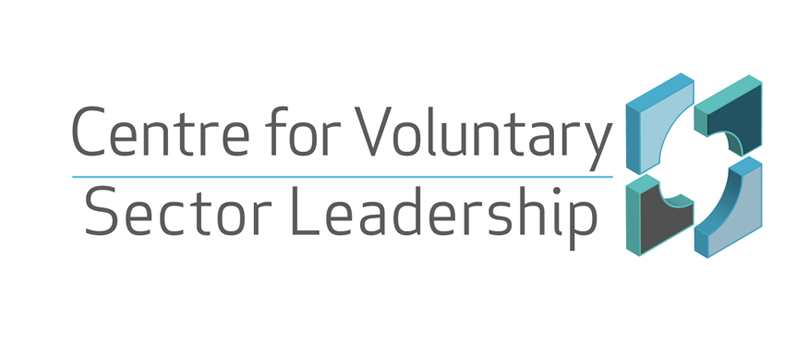1 Continuing to collaborate
Now listen to the final instalment from Ellen’s story.
Transcript
Like Ellen, many individuals leading voluntary organisations spend a large percentage of their time collaborating with other organisations, but the form and structure of this collaboration changes over time. Informal cooperation becomes a formal agreement; a locality partnership forms, struggles and dissolves in response to policy changes; a leaders’ forum is strong for a while but dissipates when key individuals move on. Individuals engage in multiple forums, working groups, and joint projects – each with different members, processes, and accountability structures, all of which are continually changing. The organisation adapts to these different forms of collaboration, responding to the shifting priorities of its partners.
Almost in spite of these changes, organisations within and beyond the sector do develop collaborative partnerships that endure. Think, for example, of the changing but enduring relationship between a residents’ association and a town council. Initially, the residents’ association forms to represent to the council the need for more green spaces in the locality. They develop a formal partnership to apply for Lottery funding to restore a derelict site in the town. The Lottery project lasts six months, but residents and councillors identify further land for development of allotments. The land is owned by the council which offers to lease the land to the residents’ association, forming a binding contract between them. In the meantime, the partnership between the council and the residents’ association becomes more widely known and both are invited to join the county forum for the development and maintenance of green spaces. In forum meetings, it is clear that the association and the council have quite different views on the ownership of green spaces. The residents’ association partners with other residents’ associations to campaign for council held land to be transferred to local communities, and so the collaborative fabric is woven across the locality.
This is the complex context for collaboration that you will explore this week, mapping out what this complexity means for your organisation and its leadership. As with last week’s study, you will undertake a mini-research project this week through which you will reflect on how collaboration is sustained over the longer-term, by mapping collaboration between your organisation and a key partner over an extended period of time, and through changing forms and structures. You will also reflect on what this longer-term focus might mean for your own leadership practice.
Introduction
